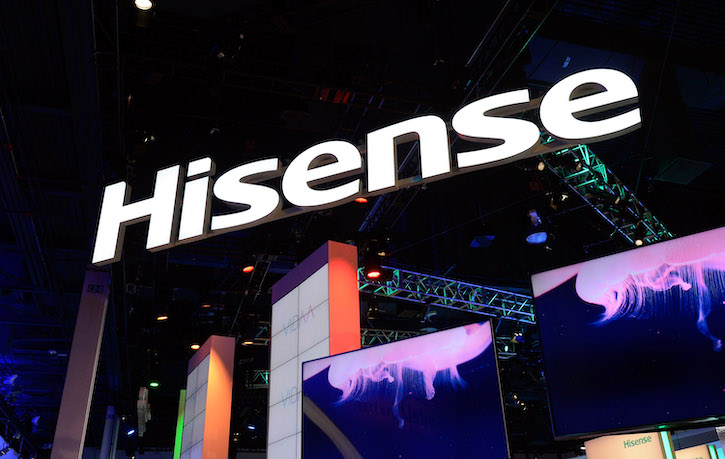
In a newly published Investment Case Study, the Paulson Institute think tank analyzes how Qingdao-based Hisense attempted to move up the manufacturing value chain in the competitive TV market by investing in the United States. Hisense’s experiences demonstrate some of the difficulties and rewards for Chinese companies as they strive to build global consumer brands. Here are five takeaways:
- Chinese companies looking to expand in the United States should cultivate good relationships with local chambers of commerce, paying attention to cultural integration. After relocating to Gwinnett, Georgia, Hisense was greatly aided by its stellar relationship with the local Chamber of Commerce, which helped Hisense find real estate and connected Hisense with local universities for talent. However, Hisense USA has recently faced high employee turnover, potentially a result of its lack of involvement in the local business community.
- Superior technology does not automatically guarantee commercial success. As the previous experience of Panasonic shows, better technology, if not provided at a competitive price point, can be pushed out by lower-cost rivals. Panasonic, which invested heavily in the superior, yet more expensive Plasma screen technology, was beaten by rivals such as Sharp that offered inferior, yet better-priced LCD screens. Hisense has tried to position its product accordingly, offering a cheaper but “good enough” ULED technology to compete with Samsung and LG.
- Building name recognition is a challenge in a mature market like TVs. Hisense, which like many other Chinese companies was an “OEM” manufacturer producing under other international brands, has been trying to create brand recognition in the United States and elsewhere. In 2009, Hisense struck a deal with a U.S. retailer and sold more than 10,000 Hisense-branded sets in the first month. Since then the company has tried to build its brand by sponsoring sporting events and buying naming rights to stadiums.
- Not all Chinese state-owned enterprises (SOEs) are the same. While the SOE stereotype is that of a clunky giant enlarged by easy access to capital, some SOEs have proven themselves nimble and adaptable in a highly dynamic operating environment. For example, Hisense was able to leverage policy changes and market sentiment to become the national champion in China’s TV industry.
- Chinese companies seeking to go global often test the waters in other emerging markets first before venturing to advanced markets. In Hisense’s case, the company expanded in South Africa and Pakistan before trying Europe and the United States. In South Africa, Hisense initially tried to compete on the basis of low-cost manufacturing, but was faced with the problem of consistently low margins. Hisense found that far higher value could be unlocked in the initial and final stages of product development – R&D, marketing, and customer service.


